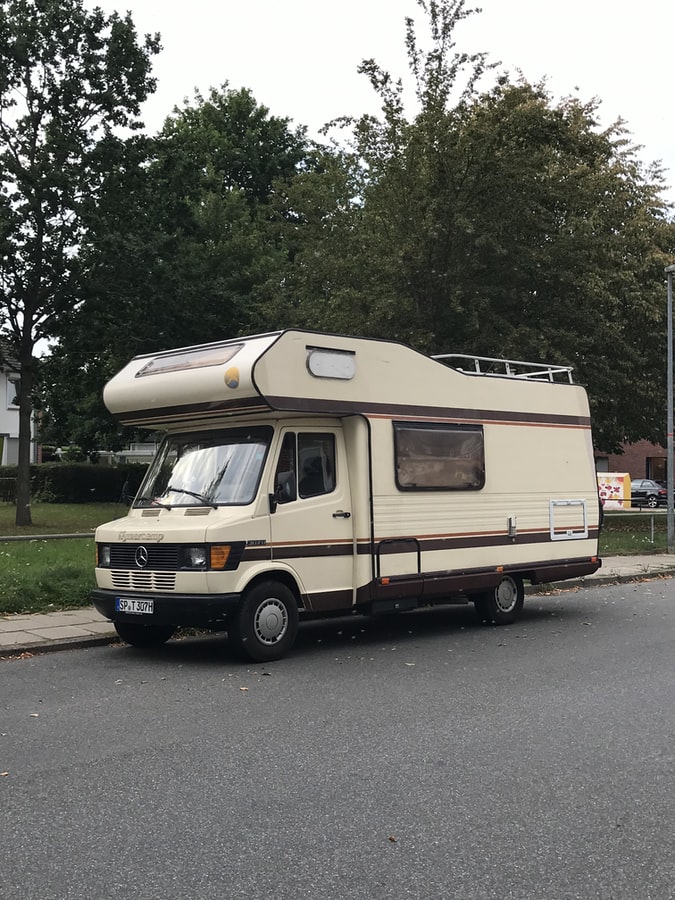Whether you own an RV or are planning to rent one, it is vital to keep it in good running condition. As the RV serves as your temporary home, you have to ensure that your RV roof does not leak. You do not want to ruin your trip or compromise your vehicle because you fail to inspect its roof. A leaky roof creates several problems. If it does not damage your RV, damp conditions inside the recreational vehicle can cause mildew and mold buildup, turning it into a health hazard.

Some RV owners suggest that you do roof inspection and maintenance annually. Usually, it would help if you based the frequency of roof inspection according to where you park the vehicle. Inspect it more often if you park it in an open space or under the trees. It will be prudent to inspect the roof before you go on a trip, even if the weather is fine. There may be sudden downpours while you are on the road or at the place you intend to visit.
What should you look for
Before you climb onto the RV roof, make sure you know the roof’s configuration and the items installed there. Likewise, if it is not safe for you to climb to the roof, call a technician to do the task.
- Holes, cracks, and tears are tell-tale signs
These are the most obvious signs that your roof needs repair. Even if they are small or minor, they tend to grow larger in no time, so do not ignore them. If you are capable, you can fix it yourself. Choose a suitable RV Roof Sealant, to ensure better coverage and adherence. If not, be sure to get a qualified service provider to do the necessary repairs. Lengthy exposure to the elements can cause any of these issue, so if there was a recent storm where branches, twigs, debris, and other things may have grazed or fallen on your RV’s roof, inspect it immediately.
- Check the seals and seams
Inspect the seals and seams of the roof as well. Go over the areas where RV parts or components connect to the roof or body of the van. Check for worn out parts, damaged connections, and cracked seals. You may need a professional to repair these types of issues.
- Inspect areas around appliances, racks, and vents
Most RVs today have solar panels, AC units, vents, skylights, and roof racks installed on the roof. Since they are attached to the roof, see to it that the connections, seals, or seams are not worn-out, cracked, or loose. Be careful when you inspect these attachments as they’re mostly made from plastic and can easily break if you accidentally step on them.
It is ideal to inspect the RV roof at least every six months. Exercise caution that you do not stand too close to the roof’s edge to avoid accidents. Determine if you can repair the damage on your own or call a service center.



